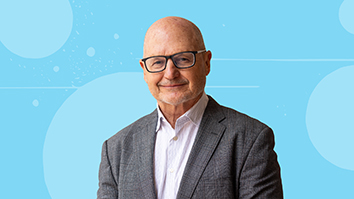Citation
M. McLaren, L. Ferrer and A. Lawson, “Exploring the role of phonetic bottleneck features for speaker and language recognition,” in Proc. 2016 IEEE International Conference on Acoustics, Speech and Signal Processing (ICASSP), pp. 5575-5579.
Abstract
Using bottleneck features extracted from a deep neural network (DNN) trained to predict senone posteriors has resulted in new, state-of-the-art technology for language and speaker identification. For language identification, the features’ dense phonetic information is believed to enable improved performance by better representing language-dependent phone distributions. For speaker recognition, the role of these features is less clear, given that a bottleneck layer near the DNN output layer is thought to contain limited speaker information. In this article, we analyze the role of bottleneck features in these identification tasks by varying the DNN layer from which they are extracted, under the hypothesis that speaker information is traded for dense phonetic information as the layer moves toward the DNN output layer. Experiments support this hypothesis under certain conditions, and highlight the benefit of using a bottleneck layer close to the DNN output layer when DNN training data is matched to the evaluation conditions, and a layer more central to the DNN otherwise.


